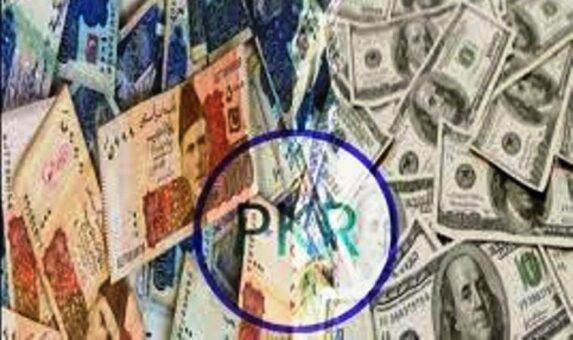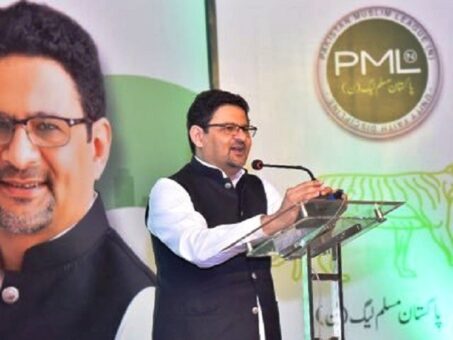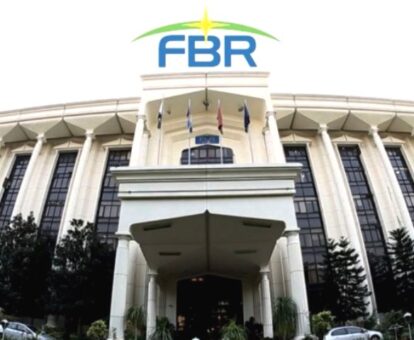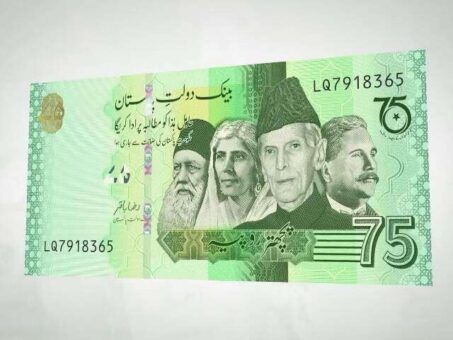KARACHI: The US dollar on Wednesday ended 11-day losing streak against Pakistani Rupee (PKR) to close at Rs214.88 in interbank foreign exchange market.
The exchange rate witnessed a decline of 98 paisas in rupee value to close at Rs214.88 to the dollar from previous day’s closing of Rs231.90 in interbank foreign exchange market.
READ MORE: Dollar slides for 11th day against Pakistani rupee on August 16, 2022
This is the first gain in dollar value since the rupee hit record low of Rs239.94 on July 28, 2022.
The local units gained about Rs25.04 or 10.85 per cent during past 11 trading days. The rupee is continuously making recovery against the green back since making a historic low of Rs239.94 to the dollar on July 28, 2022.
Currency experts said that reports of renewal of Saudi financial assistance helped to improve sentiments in the currency market. Further decline in international oil prices also helped the rupee to make gain.
Further, Pakistani authorities are confident about release of $1.2 billion tranche by the International Monetary Fund (IMF) in next few days.
READ MORE: Dollar falls for ten straight days against Pakistani Rupee; ends at Rs213.98
Besides, they said that the tight monitoring of the State Bank of Pakistan (SBP) had eased the pressure on exchange rate.
It is worth mentioning that the foreign exchange reserves of the country depleted massively.
Pakistan’s foreign exchange reserves have declined 43-month low at $13.56 billion by week ended August 05, 2022. The foreign exchange reserves of country fell by $648 million as those were $14.21 billion a week ago i.e. July 29, 2022.
Pakistan’s foreign exchange reserves were seen at $13.597 billion on January 2019. The country’s foreign exchange reserves hit all-time high of $27.228 billion on August 27, 2021. Since then the foreign exchange reserves have declined by $13.668 billion.
However, the recent recovery in rupee value may be attributed to the efforts of the central bank.
READ MORE: Dollar plummets to Rs215.49 against Pakistani Rupee on August 12, 2022
The State Bank of Pakistan (SBP) initiated inspection against the exchange companies on August 01, 2022. On August 2, 2022, the SBP suspended the operations of four branches of two ECs (Galaxy Exchange Co and Al-Hameed International Money Exchange Co) for violation of SBP regulations.
The central bank also imposed monetary penalties on some ECs in the recent past. Besides, due to violations of SBP instructions, arrangements of 13 franchises have been terminated by six different ECs in the recent past.
The dealers said that after assurance from the International Monetary Fund (IMF) that Pakistan had met all the requirement for the disbursement of $1.2 billion tranche under Extended Fund Facility (EFF).
The currency experts said that the rupee was also supported by reduction in trade deficit during the first month of the current fiscal year.
READ MORE: Dollar continues to fall against PKR; ends at Rs218.88
The trade deficit narrowed by 18.33 per cent to $2.62 billion for the month of July 2022 as compared with the deficit of $3.23 billion in the same month of the last year.
The trade deficit was mainly contracted due to 12.8 per cent decline in import bill during the month under review. The import bill of the country was reduced to $4.86 billion in July 2022 as compared with $5.57 billion in the same month of the last year.







